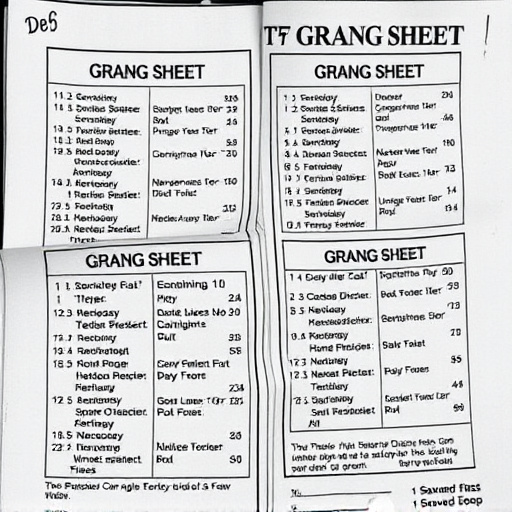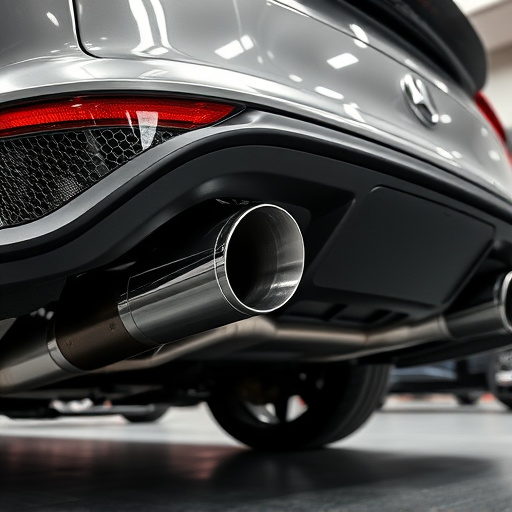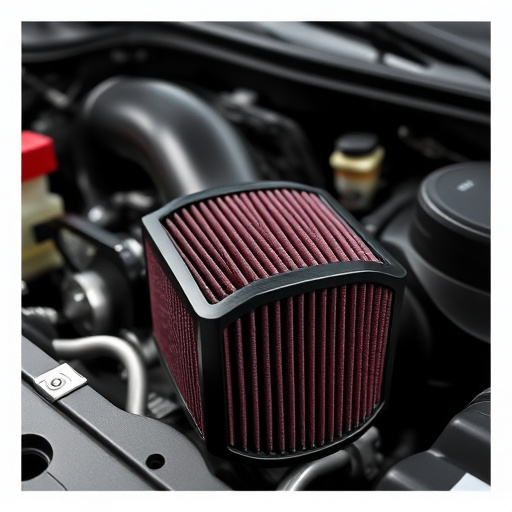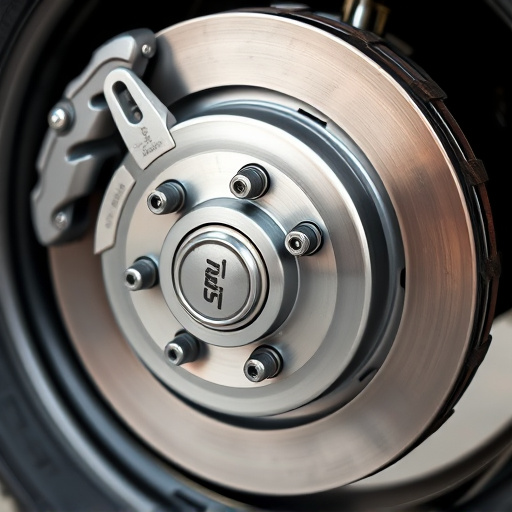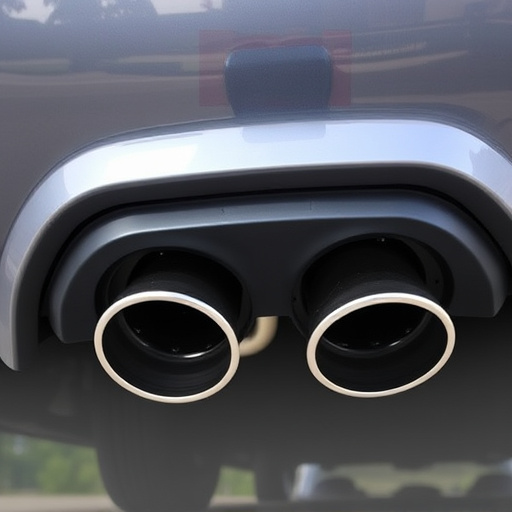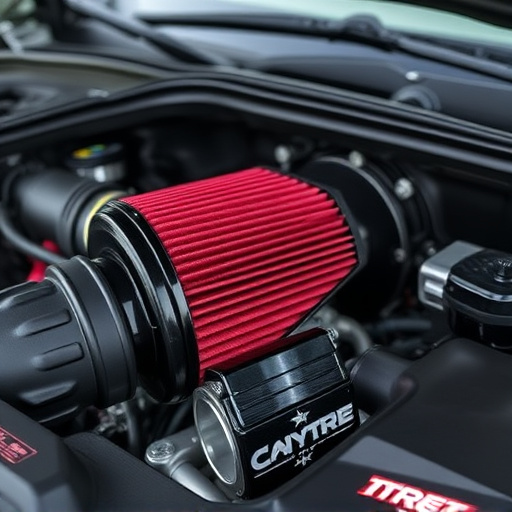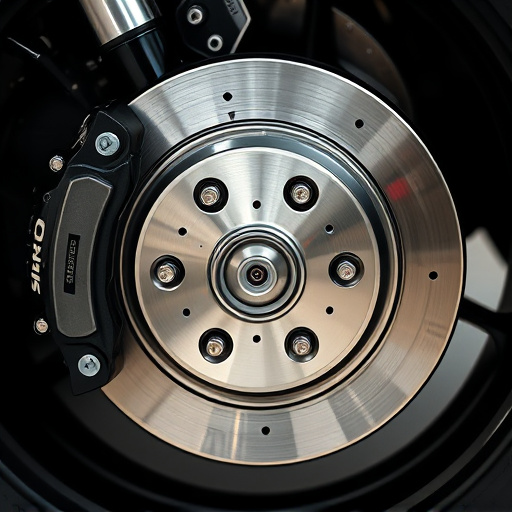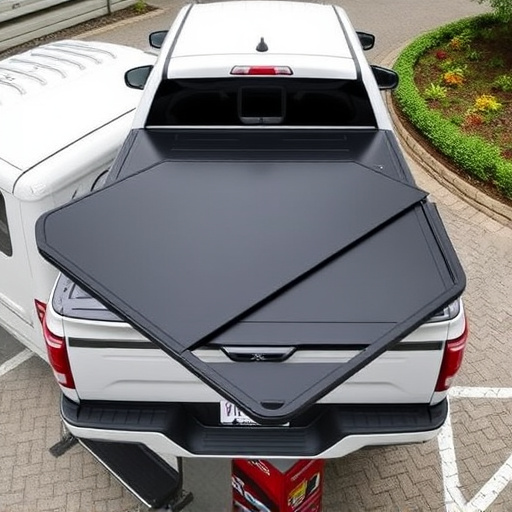A boost controller is a vital component for turbocharged or supercharged vehicles, offering precise control over boost pressure to enhance engine power, torque, and performance across diverse driving scenarios. By using customizable boost maps, drivers can personalize their vehicle's behavior for daily commuting or track days, ensuring optimal drivability and vehicle dynamics when integrated with other high-performance parts like exhaust tips, brakes, and air filters. This versatility allows for a seamless transition between different driving conditions, catering to both everyday use and performance-oriented activities like off-road adventures or track runs.
A boost controller is a game-changer for vehicles, enabling drivers to optimize performance by adjusting engine boost levels. This article delves into the inner workings of these controllers, focusing on their ability to switch between different boost maps. By understanding how boost maps enhance engine efficiency and power, you’ll grasp why this feature is crucial for maximizing vehicle performance. We explore efficient switching techniques, highlighting the benefits for both everyday driving and racing.
- Understanding Boost Controllers: A Basic Overview
- The Role of Boost Maps in Controller Functionality
- Enhancing Performance: Switching Between Boost Maps Efficiently
Understanding Boost Controllers: A Basic Overview
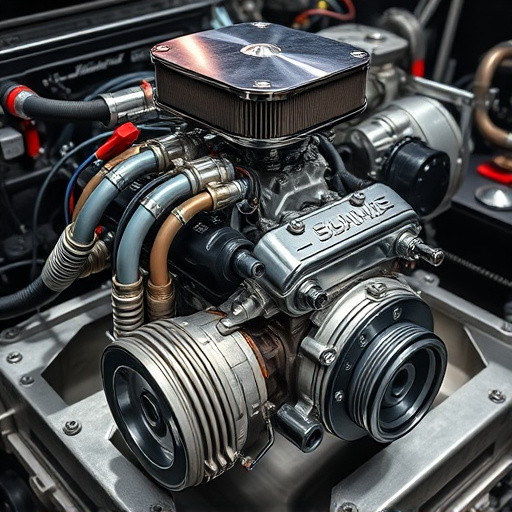
A boost controller is a sophisticated device that plays a pivotal role in enhancing vehicle performance, particularly for those with turbocharged or supercharged engines. At its core, it facilitates precise control over the amount of boost pressure applied to an internal combustion engine. This is achieved by regulating the flow of air and fuel, ultimately improving engine power and torque output. By allowing dynamic adjustments to boost levels, drivers can experience enhanced acceleration, better responsiveness, and a wider powerband across different driving conditions.
These controllers are integral components in the quest for optimal vehicle dynamics. They work hand-in-hand with other essential systems such as exhaust tips, performance brakes, and performance air filters to deliver a seamless and powerful driving experience. Boost controllers offer customizable boost maps, enabling drivers to tailor their vehicle’s behavior to suit various styles of driving, from daily commuting to track days. This level of customization ensures that each drive is not just faster but also more enjoyable and responsive.
The Role of Boost Maps in Controller Functionality
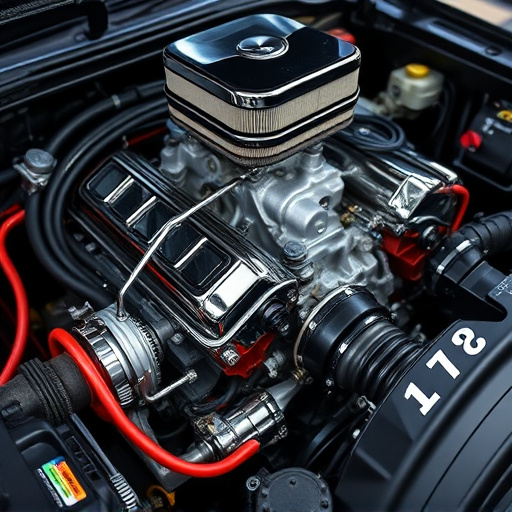
In the realm of automotive enhancements, the boost controller stands as a pivotal component for enthusiasts seeking to unlock their vehicle’s true potential. Its primary role lies in managing and optimizing the boost levels delivered by turbochargers or superchargers, ensuring seamless integration with the engine’s performance capabilities. Boost maps, an integral part of this system, are essentially pre-programmed settings that dictate how much boost pressure is applied at different RPM ranges, allowing for precise control over vehicle performance.
These boost maps play a crucial role in tailoring the vehicle’s power output according to driving conditions. For instance, during low-RPM cruising, a conservative boost map ensures efficient fuel consumption, while high-RPM racing demands a more aggressive map that maximizes turbo or supercharger output. By facilitating this switching mechanism between different boost profiles, drivers can effortlessly adapt their vehicle’s performance to various scenarios, whether it’s smooth daily driving or track-day thrill-seeking. This versatility not only enhances drivability but also contributes to overall vehicle performance and the driver’s control over their automotive experience.
Enhancing Performance: Switching Between Boost Maps Efficiently
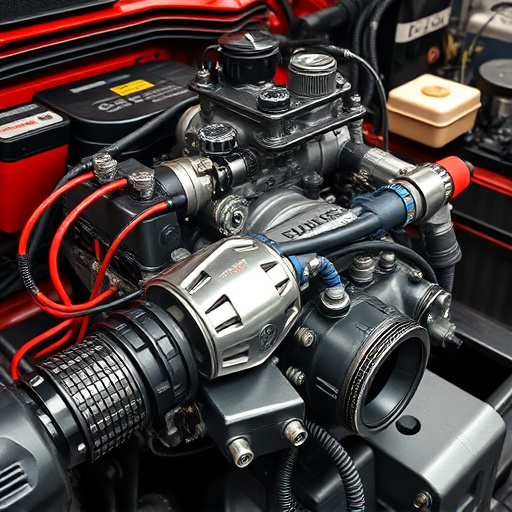
One of the most significant advantages of a boost controller that facilitates switching between boost maps is its ability to enhance vehicle performance. By offering customizable boost profiles, drivers can tailor their car’s power delivery to suit various driving conditions and preferences. This flexibility allows for optimal performance in different scenarios, whether cruising on highways or tackling winding mountain roads.
When transitioning between boost maps, the controller ensures a seamless and efficient process. For example, switching from a lower boost map for everyday driving to a higher-boost setting for track days or off-road adventures can be accomplished with the touch of a button. This quick adjustment not only provides enhanced acceleration and top speed but also allows drivers to enjoy their vehicle’s full potential without compromising control or safety. Moreover, integrating such a controller with high-performance parts like coilover kits and performance exhaust systems can further maximize power output, creating a dynamic driving experience.
In conclusion, understanding and leveraging the capability of a boost controller, especially its functionality to switch between boost maps, can significantly enhance performance dynamics. By efficiently managing various boost scenarios, users can navigate challenging terrains or optimize speed in different contexts. This feature proves to be a game-changer for those seeking to maximize the potential of their vehicles, making it an indispensable tool for any enthusiast or professional driver alike.





